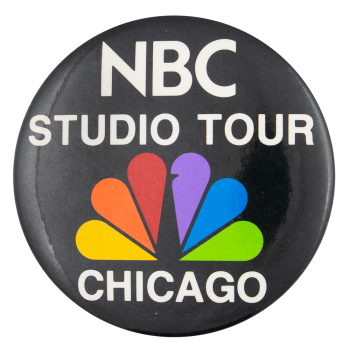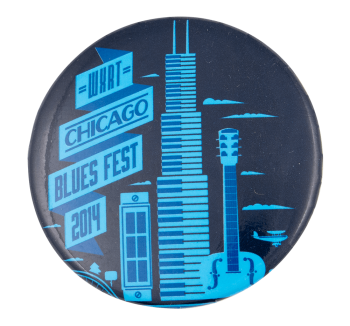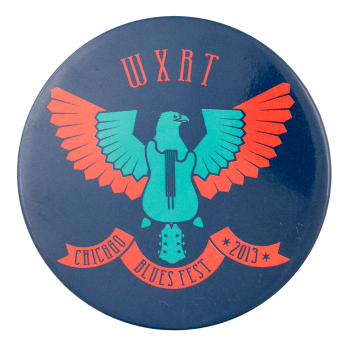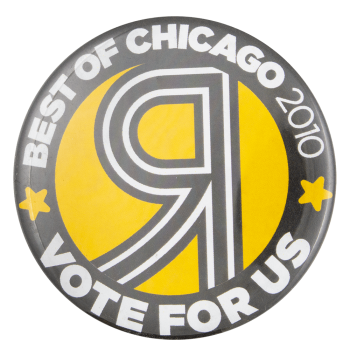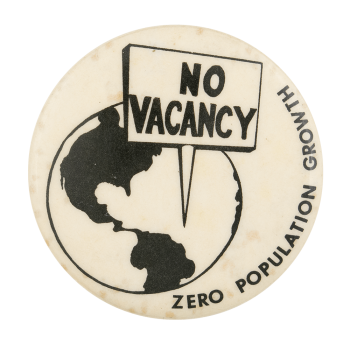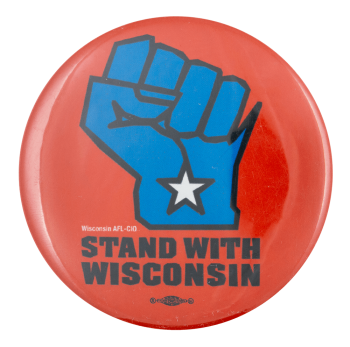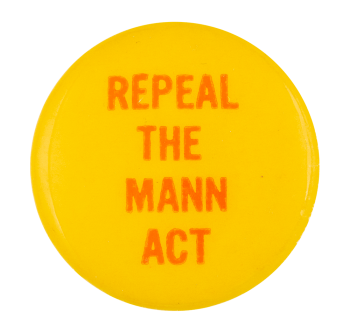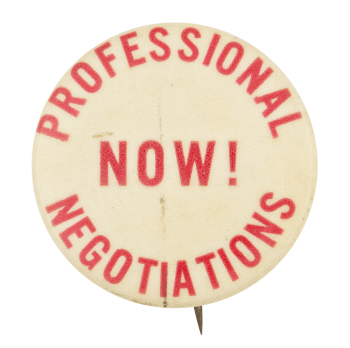NBC Studio Tour Chicago
| Category | |
|---|---|
| Additional Images | |
| Sub Categories | |
| Text on Button | NBC STUDIO TOUR CHICAGO |
| Image Description | White text around an illustration of the NBC peacock on a black background |
| Curl Text | Inventive Incentives 800-642-6006 |
| Back Style | |
| The Shape | |
| The Size | |
| Additional Information | This button is from a studio tour of the NBC Chicago. NBC Chicago is located in the NBC Tower in the heart downtown Chicago. The tour offers visitors a behind-the-scenes glimpse into the world of television broadcasting and the various sound stages, greenrooms, production offices etc. The tour is available to the public and offers free tours for students. |
| Sources |
NBC Chicago. (n.d.). Retrieved from https://universalstudioslot.com/nbc-chicago.
|
| Catalog ID | CH0296 |

